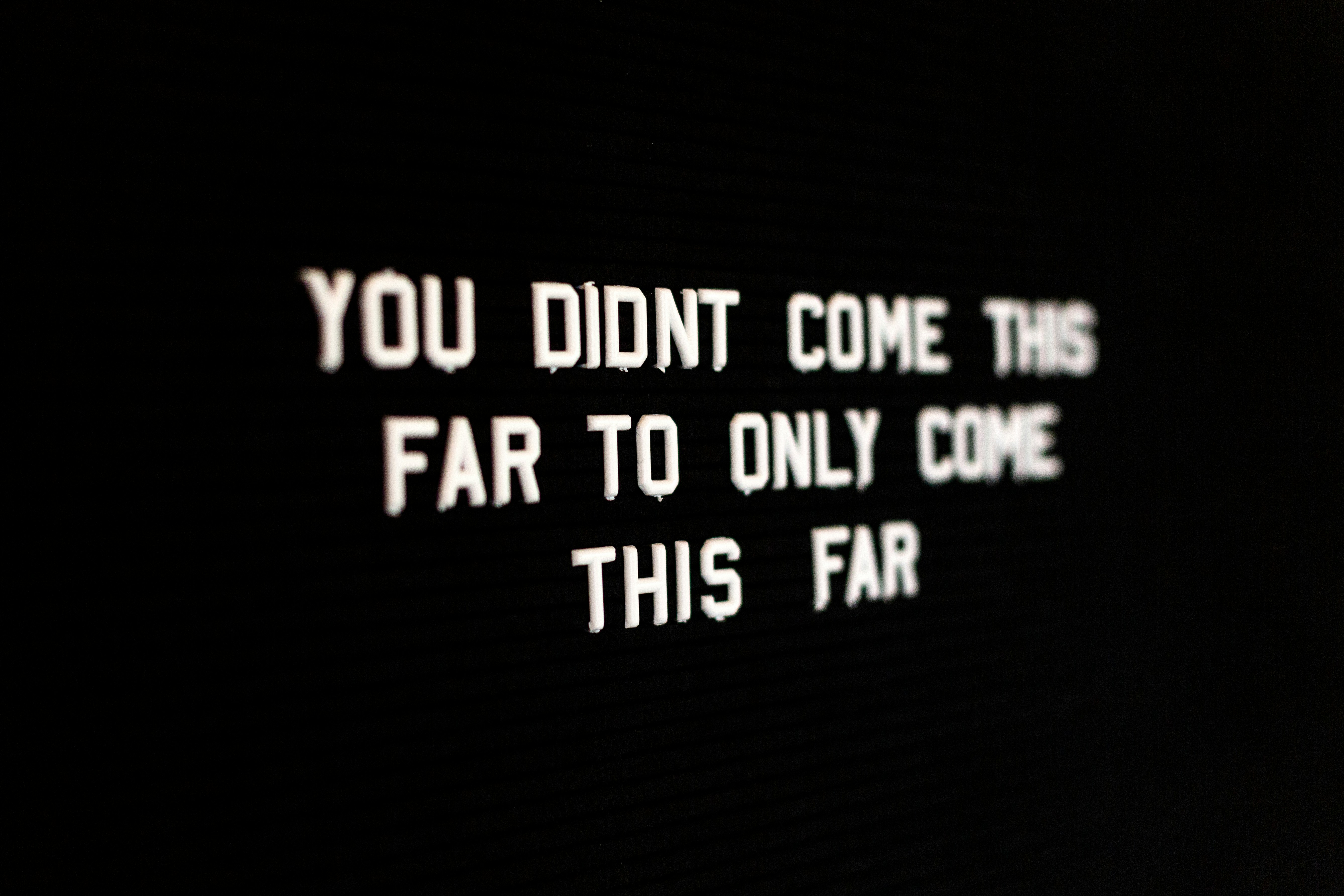Have you ever found yourself thinking, “I’m just not good enough,” or “Success isn’t meant for people like me”? These are examples of limiting beliefs—deeply ingrained assumptions about ourselves or the world that hold us back from reaching our full potential. Limiting beliefs can feel like protective barriers, keeping us in our comfort zones, but they often trap us in patterns of self-doubt and missed opportunities.
Research published in the Journal of Experimental Social Psychology shows that self-limiting beliefs not only hinder personal growth but also influence behavior, decision-making, and relationships. The good news? These beliefs aren’t set in stone. By identifying and challenging them, you can reframe your mindset, open doors to new possibilities, and achieve personal growth.
This guide will explore how limiting beliefs develop, the impact they have on your life, and actionable steps to overcome them so you can embrace your potential.
What Are Limiting Beliefs?
Limiting beliefs are assumptions or opinions that you accept as absolute truth, even if they lack evidence or are based on past experiences rather than current reality. They often stem from childhood, societal expectations, or negative past events and tend to form quietly over time.
Common Examples of Limiting Beliefs:
- “I’m not smart enough to succeed.”
- “People can’t be trusted.”
- “I’ll never find love.”
- “It’s too late for me to start over.”
Impact: These beliefs create self-imposed barriers, stopping you from pursuing goals, taking risks, or building fulfilling relationships.
The Science Behind Limiting Beliefs
Beliefs are powerful because they shape how we see the world and interact with it. Neuroscience reveals that limiting beliefs are rooted in neural pathways that strengthen with repetition.
Key Concepts:
- Cognitive Bias: Limiting beliefs cause you to filter information in a way that reinforces them. For example, if you believe you’re bad at public speaking, you’ll focus on moments of nervousness while ignoring times when you spoke well.
- Neuroplasticity: The brain’s ability to rewire itself means you can replace old beliefs with empowering ones through conscious effort and repetition.
Statistic: Studies from Behavioral Research and Therapy show that individuals who actively challenge their limiting beliefs experience 30–40% greater confidence and emotional well-being.
Steps to Overcome Limiting Beliefs
Breaking free from limiting beliefs requires self-awareness, intentional practice, and a commitment to growth. Here’s how to start:
1. Identify Your Limiting Beliefs
The first step in overcoming limiting beliefs is recognizing them. These beliefs often operate in the background, influencing your actions without your conscious awareness.
How to Spot Them:
- Reflect on Negative Self-Talk: Write down recurring thoughts or doubts that arise when you face challenges.
- Examine Your Excuses: Consider reasons you give for not pursuing goals (e.g., “I don’t have enough time”).
- Notice Patterns: Pay attention to situations where you feel stuck or avoid taking risks.
Example: If you’ve been avoiding applying for a promotion, the belief might be, “I’m not qualified enough.”
2. Challenge the Validity of Your Beliefs
Once you’ve identified a limiting belief, question its accuracy. Often, these beliefs are based on outdated information or assumptions, not facts.
Questions to Ask Yourself:
- Is this belief true? Look for evidence that contradicts it.
- Where did this belief come from? Reflect on its origins—did someone else’s opinion shape it?
- What’s the worst that could happen if I challenge it?
Example: Instead of thinking, “I’ll fail if I try a new career,” ask, “What skills or experiences do I already have that could help me succeed?”
3. Reframe Limiting Beliefs into Empowering Ones
Reframing involves replacing negative beliefs with positive, growth-oriented alternatives. This doesn’t mean ignoring challenges, but shifting your perspective to see possibilities rather than roadblocks.
How to Reframe:
- Replace “I can’t” with “I can learn how.”
- Change “I’m not good enough” to “I’m a work in progress.”
- Swap “I don’t deserve success” for “I’m worthy of opportunities.”
Example: Transform “I’ll never be good at networking” into “I can improve my networking skills with practice.”
4. Take Small, Courageous Steps
Challenging limiting beliefs requires action. Start with small, manageable steps that allow you to test new beliefs and build confidence.
Actionable Tips:
- Set Micro-Goals: Break larger goals into smaller tasks to reduce overwhelm.
- Track Wins: Celebrate even minor successes to reinforce your new mindset.
- Push Comfort Zone Boundaries: Do one thing each week that challenges your old belief.
Example: If you believe you’re bad at learning new skills, enroll in a short, low-pressure class to gain momentum.
5. Surround Yourself with Encouraging People
The people you spend time with can either reinforce or challenge your beliefs. Seek out those who uplift and inspire you.
Building a Positive Network:
- Seek Mentors: Connect with individuals who’ve achieved goals similar to yours.
- Join Supportive Communities: Surround yourself with like-minded individuals who share growth-oriented values.
- Limit Negative Influences: Distance yourself from people who perpetuate limiting narratives.
Example: If you want to overcome a fear of entrepreneurship, spend time with entrepreneurs who share their lessons and encourage your growth.
6. Practice Self-Compassion
It’s natural to struggle or backslide when challenging deeply ingrained beliefs. Treat yourself with kindness and patience during this process.
How to Cultivate Self-Compassion:
- Acknowledge Your Effort: Celebrate progress, no matter how small.
- Speak Kindly to Yourself: Use affirmations or write encouraging letters to yourself.
- Focus on Growth: View setbacks as learning opportunities rather than failures.
Pro Tip: Replace self-criticism with phrases like, “I’m learning and improving every day.”
7. Visualize Success
Visualization helps reinforce new beliefs by imagining yourself succeeding. By picturing positive outcomes, you train your brain to see possibilities rather than limitations.
How to Visualize:
- Close your eyes and imagine overcoming a challenge with confidence.
- Focus on sensory details: What do you see, hear, or feel in that moment?
- Repeat this practice daily to solidify your new mindset.
Research Insight: A study in The Journal of Psychology found that visualization techniques increased goal achievement rates by 45% compared to control groups.
Moving Forward: Redefining What’s Possible
Overcoming limiting beliefs isn’t about instantly transforming your mindset—it’s about gradual, consistent effort. Each step you take to question assumptions, reframe thoughts, and push boundaries is a victory.
Remember, your beliefs shape your reality. By replacing limiting narratives with empowering ones, you can create a life filled with growth, opportunity, and self-discovery.
You are not bound by the stories you’ve told yourself in the past. You have the power to write a new narrative—one that reflects your true potential. Start today, and watch how your world transforms when you believe in what’s possible.
Overcome limiting beliefs with Hapday, Your Wellbeing Assistant
Join the millions of people using Hapday. Improve overall wellness & sleep.




